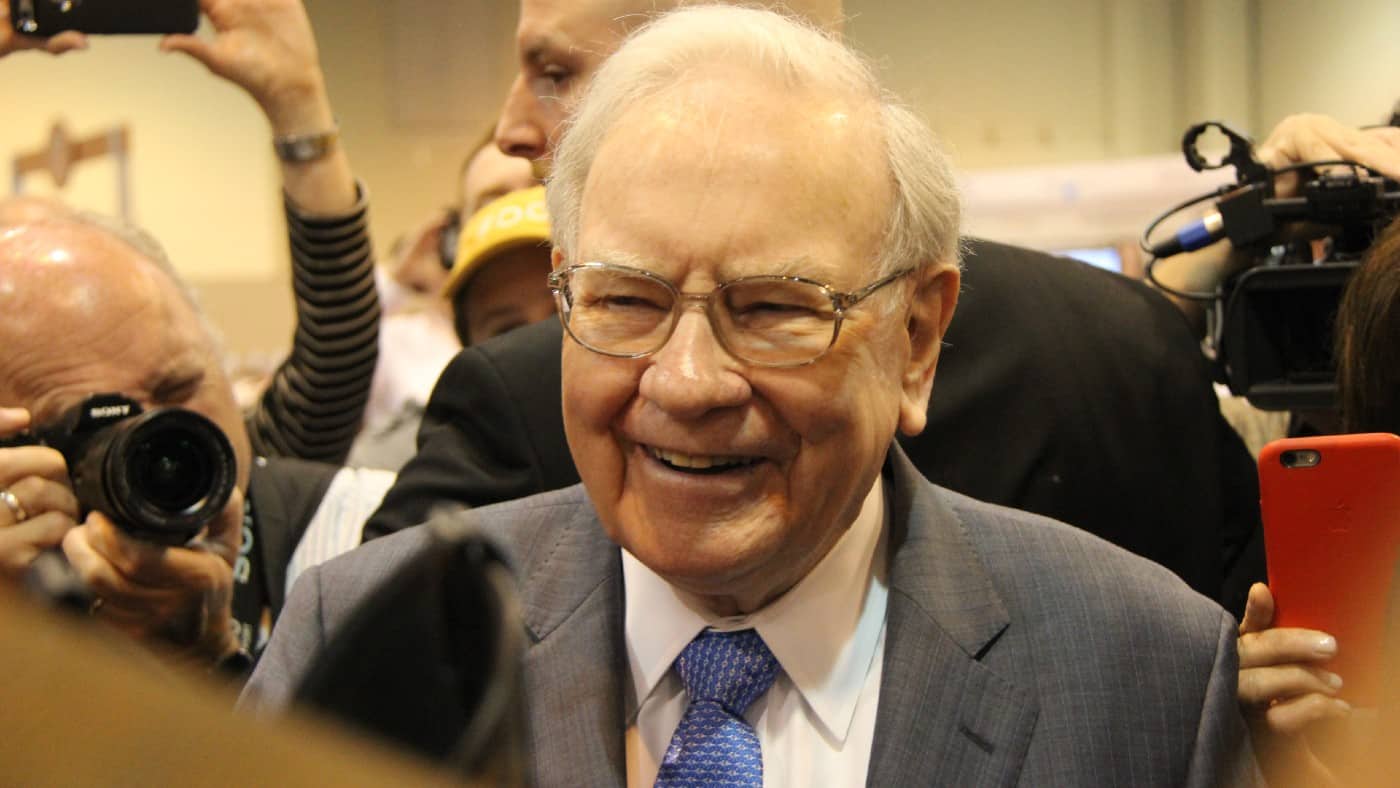Warren Buffett has made over $100bn by investing in the stock market over his career. He’s considered by many, myself included, to be one of the most successful investors alive today.
And his strategy isn’t all that complicated either. In fact, most of his wealth has been built by simply buying and holding a range of terrific companies for the long run.
While Buffett’s method is hardly the most exciting pursuit, it lets compounding run wild. And that’s how he’s currently sitting on a roughly 20% annualised average return since 1960.
Brilliant returns
Earning 20% each year is more than double what the FTSE 100 has delivered since its inception, even adding in dividends. And investing £500 a month at this rate would translate into a million-pound portfolio within just 18 years.
A 20% gain may not seem like much when some stocks achieve higher double-digit or even triple-digit gains in a year. Nvidia is one such example whose share price has surged nearly 170% in the last 12 months on the back of excitement surrounding generative artificial intelligence (AI).
But the key difference is Buffett’s consistency. He’s not making one-off massive gains but rather banking on a continuous stream of steady winners. And as a result, his total portfolio returns since 1964 sit at 3,787,464%!
To put this in perspective, a £1,000 investment in 1964 is now worth just under £38m!
Building a £1k passive income Buffett style
Replicating Buffett’s gains is no easy feat. Of course, simply investing in his firm Berkshire Hathaway to tap into these gains is one approach. But at 92 years of age, I think it’s fair to say the ‘Oracle of Omaha’ won’t be steering the ship forever.
Stock-picking requires careful research and a detailed understanding of a business, its management, strategy, financials, risks, and competitive advantages. It’s not something that can be learned overnight and can take a lifetime to master.
That’s why so many investors who’ve tried to beat his gains have failed miserably. And for those unprepared for the unforgiving nature of making mistakes in the stock market, wealth often ends up getting obliterated rather than created.
Needless to say, hitting a 20% annualised gain consistently is very hard. But the good news is investors don’t actually need to aim this high to build wealth. Even achieving a 12% gain with Buffett’s method is enough to build a significant portfolio and generate a £1,000 monthly passive income in the long run.
Assuming a portfolio dividend yield of 5%, investors will need roughly £240,000 invested. And by injecting £500 each month at a 12% annualised gain, hitting this target could take as little as 15 years. Of course, 12% is much harder to achieve. But the point is that the gains I’ve talked about are achievable and not just pie in the sky dreams.








